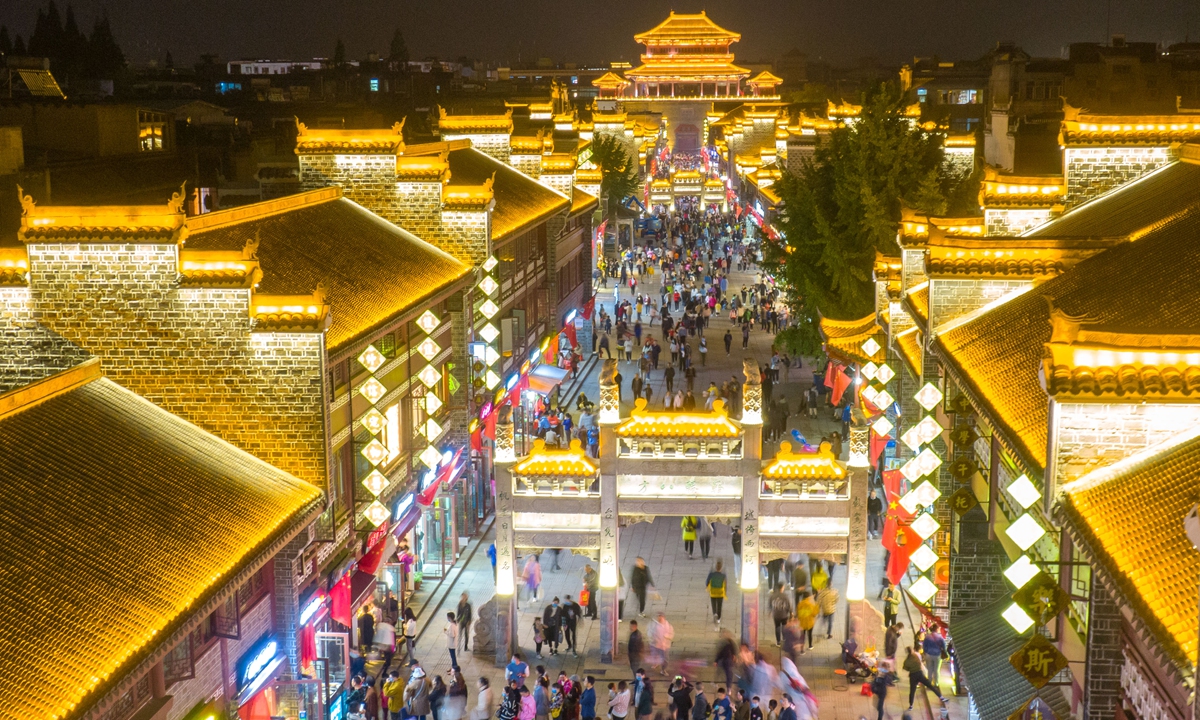
Tourists in Xiangyang, Hubei Province on Wednesday Photo: VCG
At the Mid-Autumn Festival and National Day party organized by her school, Nilza Adolfo Matiqute, an international student from Mozambique, stood up and grabbed the microphone to sing her favorite Chinese song "Molihua," or jasmine.
The junior student was excited to give her first performance in 10 months since the outbreak of the COVID-19 pandemic.
"I was so happy. I haven't been with so many people for a long time," Matiqute said in fluent Chinese.
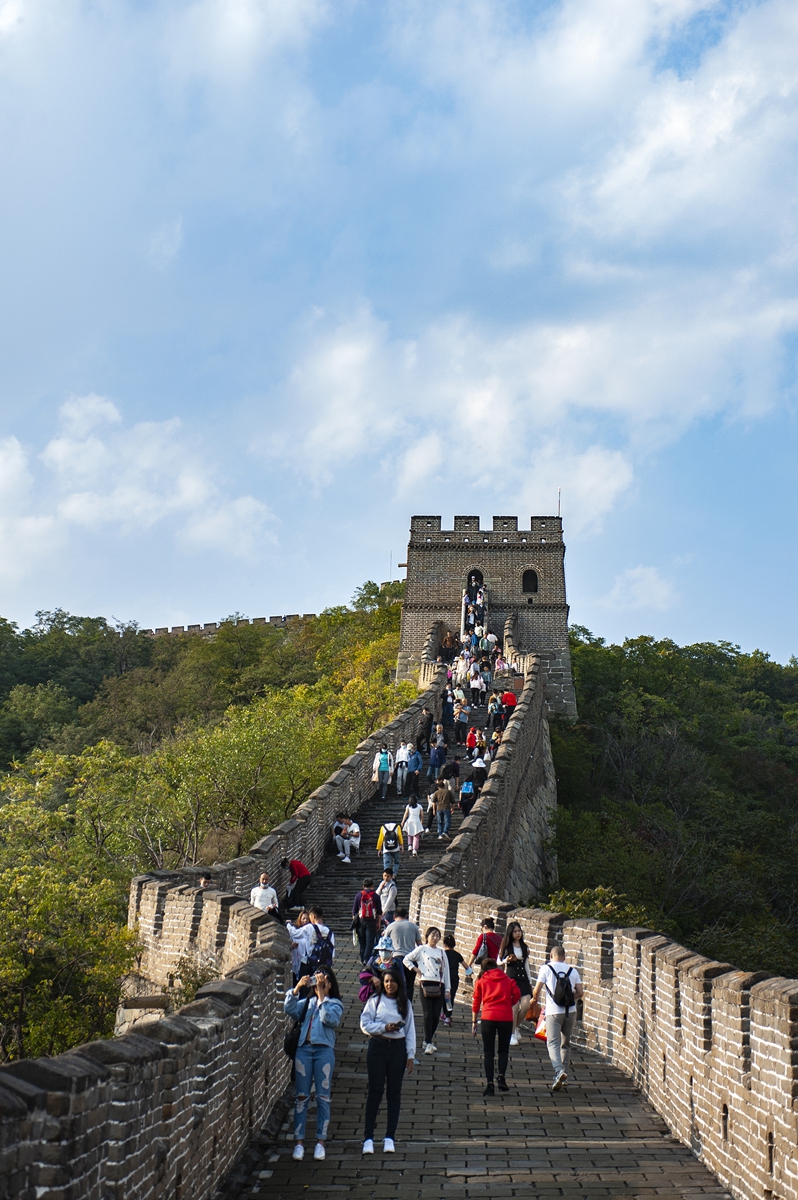
Tourists on the Great Wall in Beijing on October 3 Photo: VCG
Matiqute, 27, majors in the Chinese language at Taiyuan University of Technology, North China's Shanxi Province.
China celebrates its National Day on October 1, and the weeklong holiday this year has been extended to October 8 as it overlapped with the Mid-Autumn Festival, a traditional festival symbolizing family reunion that falls on the 15th day of the eighth month of the lunar calendar.
While Chinese people are celebrating the long holiday as COVID-19 infections have been basically brought under control in the country, Matiqute is able to attend the party, visit the family of a local teacher and tour around the city of Taiyuan.
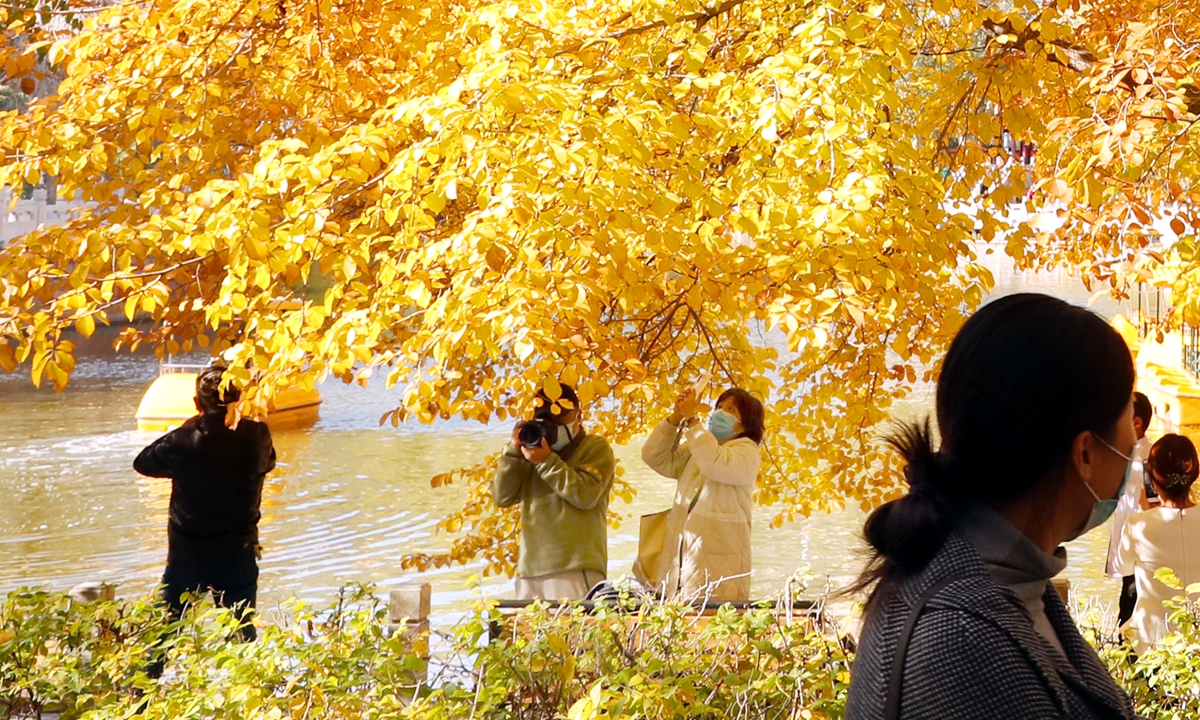
Tourists in Urumqi, the Xinjiang Uygur Autonomous Region on Wednesday Photo: VCG
She visited Liuxiang pedestrian street and Yingze Park, popular tourist destinations in the provincial capital Taiyuan, where she was delighted to see crowds again.
"Except for the people with masks in some indoor places such as movie theaters, the city looks no different from one year ago," the student added.
She said the quick resumption of social life was largely thanks to the strict and timely epidemic control measures that the Chinese government has taken.
During the epidemic, Matiqute volunteered to take daily body temperature measurements for all international students in her school. As a participant in epidemic prevention and control, she witnessed how the epidemic was controlled step by step.
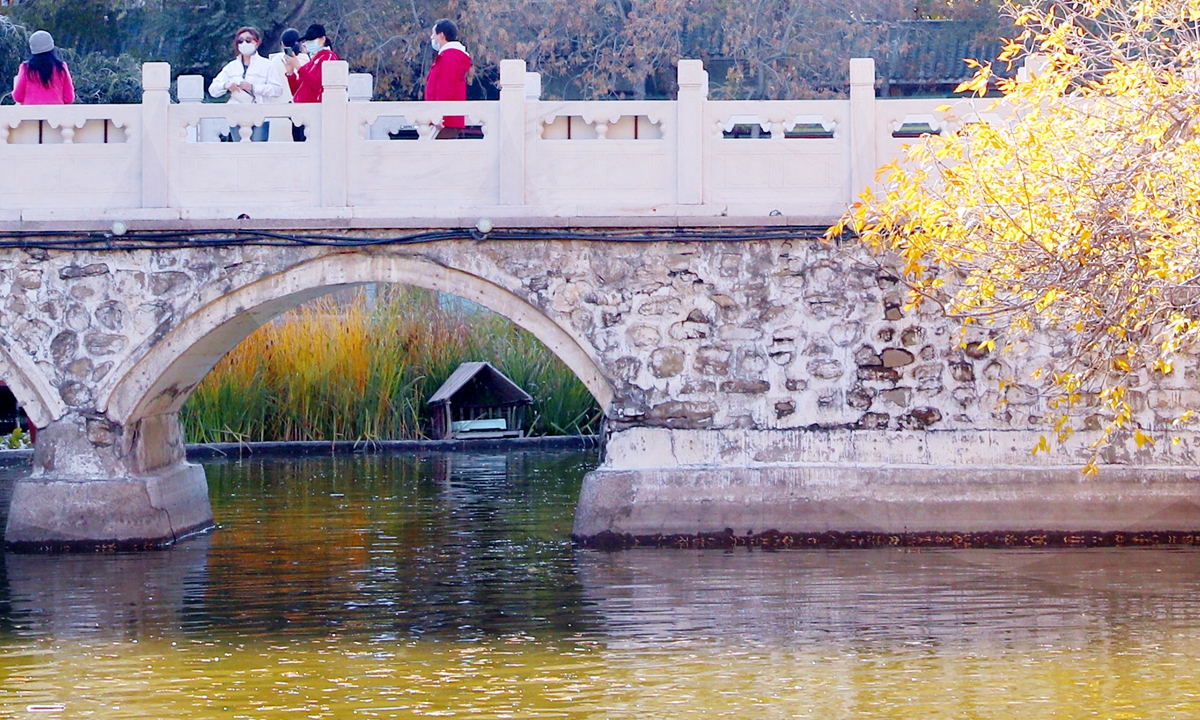
Tourists in Urumqi, the Xinjiang Uygur Autonomous Region on Wednesday Photo: VCG
She recalled that classes had returned to normal from June, and the restrictions on random access to campus were gradually relaxed."The city during the holiday is more dynamic than it was a few months ago," she said.
China saw 425 million domestic tourist visits in the first four days of the eight-day holiday, with total tourism revenue of 312 billion yuan ($45.8 billion), the Ministry of Culture and Tourism said.
Trip.com Group, China's largest online travel company, predicted that the number of domestic tourists for this "Golden Week" will reach 600 million.
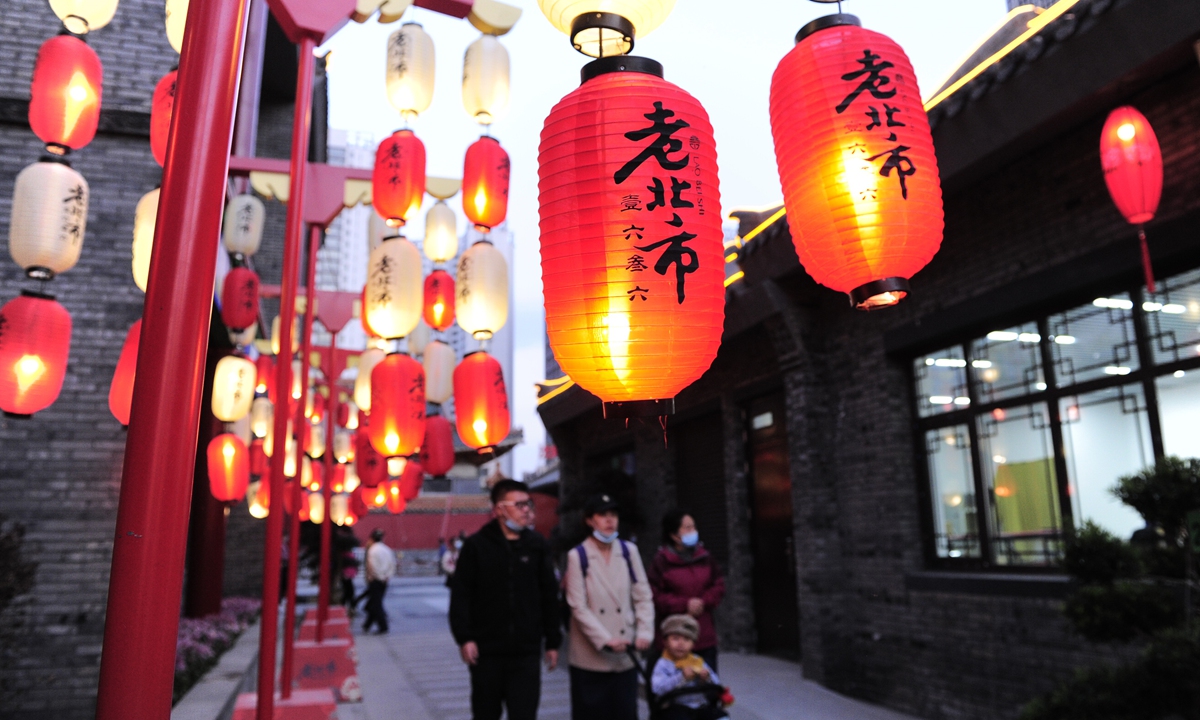
Tourists in Shenyang, Liaoning Province on Tuesday Photo: VCG
During this holiday, Matiqute chose not to travel like last year. She stayed in town, went shopping and ate her favorite hot pot."I had to wait in line for a seat like before the epidemic," said Matiqute. "The catering, transportation, entertainment and other industries in the city have returned to their former liveliness, and takeout and express delivery on campus have resumed normal operations."
Speaking on her future plans, the young African woman hopes to become a translator.
"This place is full of opportunities. I hope I can build a bridge of communication and help more people in the world to discover China, understand China, and fall in love with China," she said.

